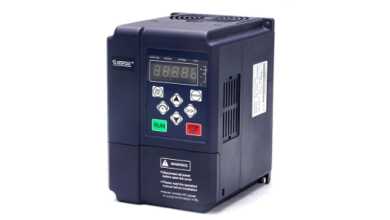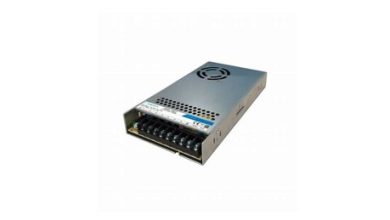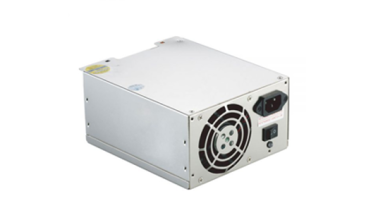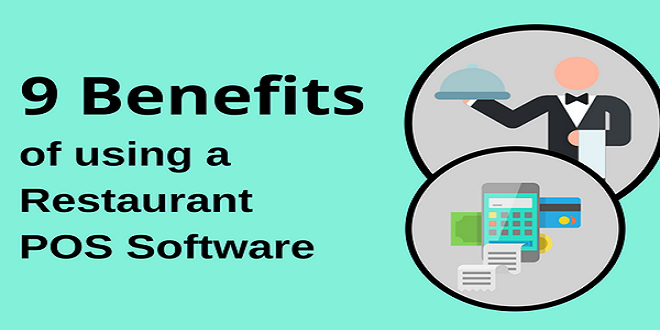Eight Ways Tech Has Revolutionized Retail
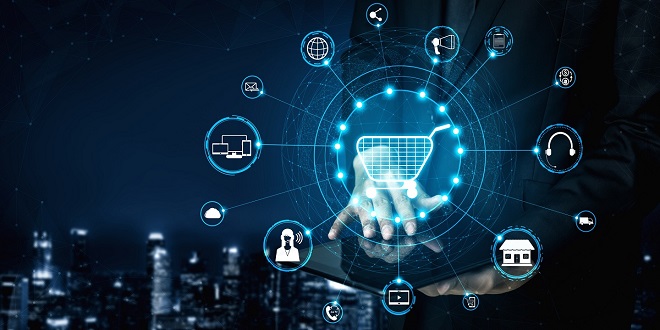
Technology is influencing business practices across all sectors by facilitating efficiency in development, improving the cost-effectiveness of processes, and developinghigher-quality goods and services.
The transformative effects technology has had on the retail industry are evident. Online shopping is the most prominent role of technology in retail. The shopping experience has been transformed by artificial intelligence (AI), computer visual (CV), as well as the Internet of Things. These changes can be attributed, at least partially, to the increasing popularity of online shopping as well as the more discerning nature of today’s customers.
Technology has been used by retailers to streamline and optimize their operations. Continue reading to learn about some of the technological innovations that have transformed the retail industry.
Eight Ways Tech Has Revolutionized Retail
Invest In Barcode Technology
Until recently, inventory levels were manually tracked by stores. Barcoding has become the standard choice for retailers today thanks to sophisticated barcode scanning apps. Barcodes and QR codes can make shopping easier for customers by making it more engaging and convenient. It has been proven to increase the efficiency of all retail operations. It simplifies the process of monitoring commodities and allows for a faster stock audit. In-store marketing can be more personalized and engaging by using barcodes. Smartphone users can also scan the barcode of a product to learn more about its features and benefits using barcode-reading software.
Barcodes are also helping the retail industry by providing more accurate information that allows for better decision-making. To maximize productivity and track inventory, you can easily purchase barcode scanners in bulk .
Immersive experiences
Businesses have many options to better serve their customers with virtual and augmented reality tech. Extended reality is now used by many stores, including virtual shopping and virtual try-on. Extended reality technology allows customers to view more information about the items they are interested. You can view how furniture will look in your space before you make a decision.
Micro Fulfilment
The term “micro-fulfillment”describes the practice of placing relatively small, computerized warehousing operations in readily available urban or suburban areas in the vicinity of end-user.
Think about what you would search for on Google, or any other search engine. It is important that you can find the information you need right away, regardless of whether it is for a special occasion or to resolve a problem. The stores that are able to better serve their customers “in the moment” will prosper. Businesses can instantly respond to customers’ needs and use robust analytics tools to predict their future.
Technological advancements are key to every step in an automated micro-fulfillment. Shoppers often access the website only through their mobile apps or web browsers. These user-friendly online shops rely on hundreds of backend technologies to manage tasks such as order fulfillment, inventory management, and logistics.
Data analytics
Retail companies have never had a problem collecting data. However, it has been difficult to use that data to identify problems and create new solutions. Predictive analytics has made this possible.
Businesses can prepare for the future by studying past customer trends and patterns. Stores that are skilled at analysing data may be able to gain valuable insight into their customers’ buying habits. This allows them to tailor their services to their clients regardless of their location in the customer journey. It also streamlines their supply chains. Both brick-and-mortar and online stores can benefit from predictive analytics’ increased intelligence, productivity and lower overhead.
Facial recognition
Many of the top stores are now available online and in-store. Stores can use facial recognition software to prevent theft and other retail crimes. It may also transfer individual features from online shopping to a physical shop. Employees can be more responsive to customers’ preferences when the store’s facial recognition system recognizes them. Although privacy and legal issues must be resolved, face recognition technology can bring many benefits to stores.
Recommendation algorithm
Recommendations engines are also a benefit to retailers. They help customers find the right products at the right places during their shopping process. As recommendation engines become more accurate, they can make better recommendations by having more information about customers’ purchasing habits. Retailers can benefit from happier customers and increased cart sales.
Based on the customer’s past purchases, promotions and suggestions can be customized to each customer. Push alerts and screens can be used to offer discounts to customers who are more likely than others to purchase a product in-store. This allows companies to stand out from other businesses that use a generic approach to reaching consumers and can even influence their purchasing decisions.
Personalized customer experiences
Today’s merchants are able to anticipate the needs and wants of their customers using AI, computer vision and omnichannel customer trips. This allows you to make better decisions about what products to stock and when to stock them.
Consumers prefer to use convenient payment methods such as self-checkout and contactless checkout. Nearly three quarters of those who purchased during the pandemic stated that they would use contactless checkout again because it is convenient and flexible. It is crucial to use technology in a variety of ways to create a shopping environment that appeals to each customer’s preferences.
Conclusion
Technology could be the perfect solution for the retail sector. The retail sector’s increasing dependence on technology has permanent benefits. This includes better customer service and more efficient operations. Many businesses are adopting best practices and staffing up while looking for new technology to help them grow and thrive. Every business’s success is dependent on its customers’ needs being met and providing a pleasant experience. These eight trends will help you speed up your company’s growth while reducing costs.

